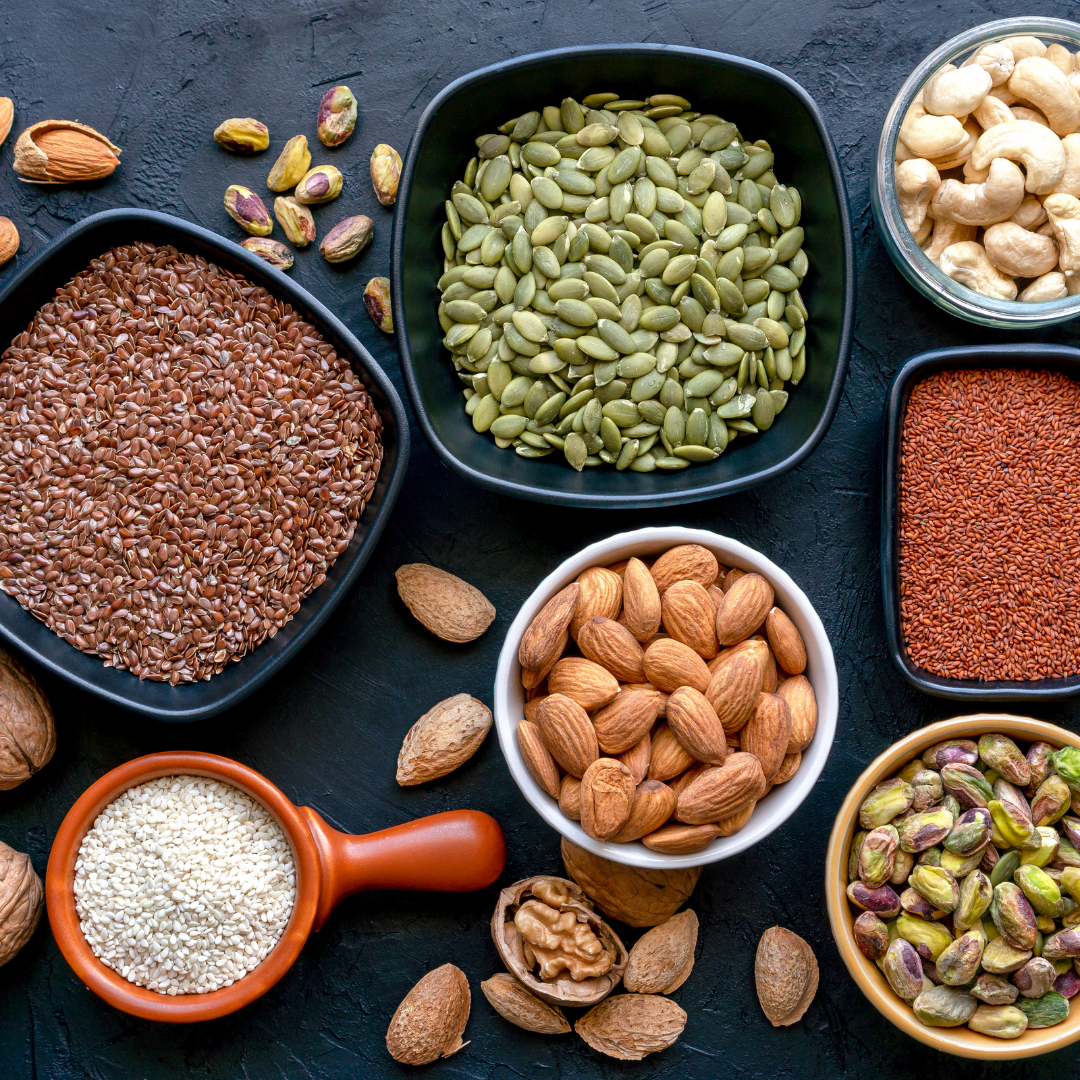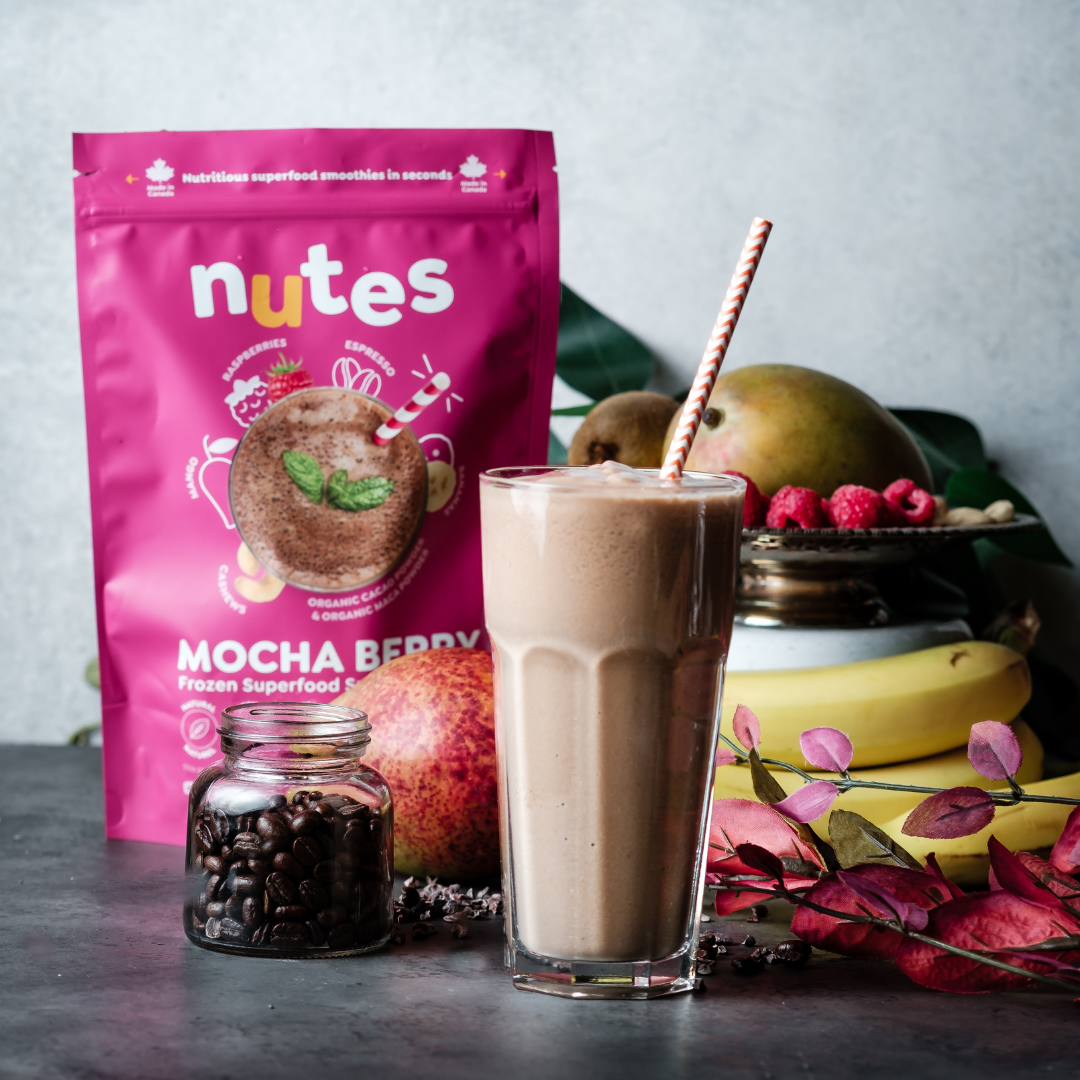List of Misleading Food Labels To Watch Out For

The food industry is always moving and on the look-out for possible packaging innovations. Somewhere down the road, you have probably been swayed by vibrant packaging and persuasive marketing.
Of course, when the persuasion is good, your chances of being swayed are high. It is normal, and it happens to many, especially those who love grocery shopping. However, your hard-earned money is as important as the time and energy you will allot in grocery stores, so it is vital to purchase wisely. Everybody wants to be healthy. Looking for foods beneficial for your overall health is challenging. But what are the things you need to consider when buying?
This article will explain how marketing affects your purchasing power, including the misleading food labels you need to watch out for next time.
Marketing Tricks Behind Tricky Food Labels
Marketing is powerful, and it can change your life in a snap. It gets even more alarming when foods are at play. Marketers tailor their marketing initiatives depending on the audience that they want to target. In the food industry, the most vulnerable segments are children. Television advertisements have been an effective medium to grab for years. But with the popularity of social media, food, and beverage companies are utilizing the online world to reach their consumers quicker than ever before.
Studies have shown that Canadian children aged 10 to 13 years old spend beyond 3 hours using social media each day. Their exposure to food advertisements affects the food they want to eat. Although it raises ethical concerns because children do not understand the purpose of commercials, these marketing strategies are effective because kids can influence what their parents buy.
In essence, marketing affects product labels people look at before purchasing. Most shoppers look for products that are organic, contain zero trans fats, and are antibiotic-free. However, there are underlying factors that make it difficult to understand the misleading quality of a product.
Common Misleading Food Labels
It is challenging to verify the food labels included on each package. Based on a Nielsen Survey, 59% of consumers have a hard time understanding nutritional labels.
Manufacturers tend to put front labels that are misleading and downright false. To help you save yourself from these false claims, here are misleading food labels to watch out for the next time you visit the grocery store.
No Added Sugar
According to the Food and Drug Administration (FDA), manufacturers who claim that their food has no added sugar means that it can undergo a process without sugar-containing ingredients. However, foods with no sugar do not mean they are healthy. Sometimes, this kind of misleading food label can contain naturally occurring sugar or artificial sweeteners. Besides, there are various types of sugars. It includes beet sugar, buttered sugar, coconut sugar, cane sugar, date sugar, caster sugar, coconut sugar, muscovado sugar, invert sugar, evaporated cane juice, golden sugar, raspadura sugar, confectioner sugar, corn syrup, maple syrup, and more.
Natural And Organic
When you have encountered misleading food labels that say they are natural, think twice. Using the word ‘natural’ only means that the manufacturer at one point used a natural ingredient such as raw superfoods. It does not mean that the product is entirely natural. For the record, FDA defines the natural label asa minimally processed food that does not contain artificial ingredients. Meaning, foods that are high in sugar, salt, and fat can comprise this claim. Similarly, organic food products are not entirely organic as well. As per the FDA, it means 95% of ingredients should not have any synthetic growth, hormones, pesticides, antibiotics, and biotechnology during processing. Consumers should be wary because organic sugar is also considered organic, but that doesn’t necessarily make it healthy.
Light, Multi-Grain and Made With Whole Grains
These are among the most popular misleading food labels present in grocery stores. If a product claims it is multi-grain, it would be helpful to initially check if the word “whole” comes first before any ingredients. A multi-grain label does not mean the product is whole grain. Sure, it sounds very healthy, but it can actually mean that the product contains more than one type of grain, such as refined grains. Similarly, light products barely deliver what they promise. It can be a calorie trap because the products may contain many substitutes. According to the FDA, a light label can mean that the food can contain ⅓ fewer calories or 50% less fat, or 50% less sodium than its comparable product. When manufactures remove calories, fat, or sodium, they often make up for the loss in flavour with added sugars, artificial sweeteners, and additives. Be sure you are checking the ingredient list to see what items were added to the product.
Gluten-free and Zero Trans Fat
Gluten-free food does not mean it is healthy. It only defines food that does not contain rye, barley, and wheat. These products could be essential for those with celiac disease. However, if you aim to lose weight, you do not need products with such confusing food labels because they often contain less fiber. Similarly, zero trans fat is among the misleading food labels. F Foods that say zero trans fat on the label only have to have less than 0.5 grams of trans fat per serving. This can sometimes result in a manufacturer reducing the serving size to get away with extra trans fat in their products.
Low-fat and Low-calorie
These are among the popular misleading food labels consumers encounter. The FDA suggests that a low-calorie product should contain ⅓ fewer calories than the original products. However, most foods with such claims contain similar amounts of calories to their regular version, in smaller servings.
On the other hand, low-fat claims have become notorious, especially when the dangers of saturated and trans-fat have become apparent to consumers. Low-fat labels can be tricky because their content may be compromised in exchange for additional sugars. Similarly, products with sugar-free claims can be loaded with fats.
Own Your Purchasing Power
Food companies will do whatever it takes to sell. But as consumers who only want the best for yourself and your loved ones, you will surely do what it takes to stay healthy. However, there are still loopholes in food labels that are existing to this day.
Legally, food labels must be truthful. But in reality, marketers can precisely choose the features they want to highlight to catch your attention. In turn, it lures you to buy their products.
There is no need to have a degree in nutrition or marketing to understand this. Remember: the more processed foods are, the less reliable their claims will be. Now that you have read the widespread misleading food labels out there, it’s up to you to disregard these claims and exercise your purchasing power in making the right nutritional choices the next time.




Comments